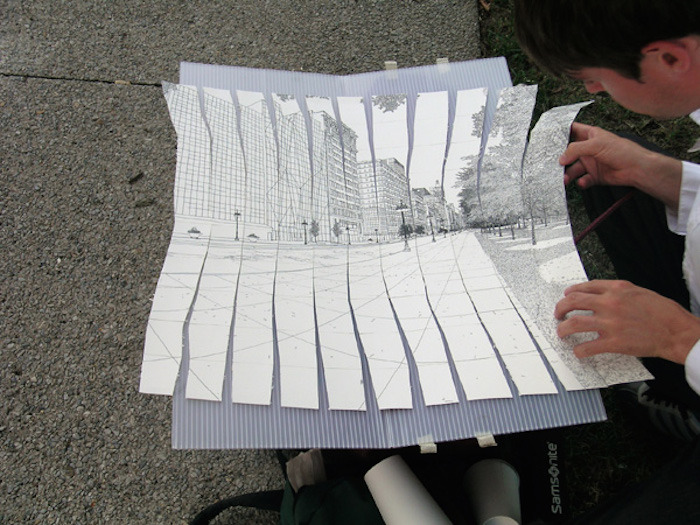“The next time you’re talking to someone, I want you to stop and think about what’s happening. Your brain has a thought. It translates that thought into a pattern of pressure waves. Then your lungs send air out of your body, but as you do that, you vibrate your vocal chords in just the right way and you move your mouth and tongue into just the right shapes that by the time the air leaves you, it’s embedded with a pattern of high and low pressure areas. The code in that air then spreads out to all the air in the vicinity, a little bit of which ends up in your friend’s ear, where it passes by their eardrum. When it does, it vibrates their eardrum in such a way as to pass on not only the code, but exactly where in the room it came from and the particular tone of voice it came with. The eardrum’s vibrations are transmitted through three tiny bones and into a little sac of fluid, which then transmits the information into electrical impulses and sends them up the auditory nerve and into the brain, where the information is decoded. And all of that happens in an eighth of a second, without any effort from either of you. Talking is a miracle.”
































































